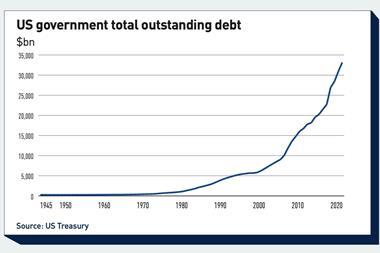Gemma Postlethwaite of Thomson Financial who, with PricewaterhouseCoopers, produced a study for the EVCA on the performance of the industry, was able to point to some strong performance statistics. E72bn was raised in European funds in 2005, which was one and half times the previous peak of 2000 with pension funds in particular, showing a dramatic increase in investment in private equity.
Megafunds dominated the market though with 48% of the total funds raised attributed to just 10 funds while US and UK investors accounted for 53% of the total capital as against 34% in 2004.
What any investor wants to know however, is what the returns have been. According to the study, the pooled returns from 1980 to 2005 were 13.7%pa for buyouts and 6.3%pa for venture while the top quartile was 31,8% for buyouts and 17.1% for venture.
The huge dispersion seen in these figures reflects the fundamental problem for any investor in private equity, which is that getting into the top performing funds is of far more importance than in the selection of which sector to be in. There can also be periods as in the last five years, when the return for all private equity was only 2% per year reflecting the bubble collapse, with venture posting losses of 0.2% pa for the period.
If as, Postlethwaite argues, private equity is becoming a mainstream asset class, then GPs as well as LPs need to recognise that it will form part of an overall asset allocation strategy, which requires analysis of risks and correlations as well as return expectations.
While many GPs present appeared to be confident that despite the influx of a "wall of money" into private equity, high returns can be maintained, that does appear to fly in the face of economic logic. Moreover, it is not even necessary since private equity can be an attractive asset class on theoretical grounds for long term investors able and willing to take an illiquidity premium over listed equities, which themselves may have an equity premium over bonds.
The real issue for the industry going forward, is actually going to be that in a world of lower returns, the costs structures inherent in private equity may not be justifiable or sustainable.
Placement fees of 2% which have to be repeated every few years since funds have a limited life, combined with fund of funds fees on top of 2% annual fees and 20% performance fees may be reasonable if returns are expected to be above 25% per year In a world where competition may force down returns to 15% gross, will private equity follow the hedge fund world, which appears to promote itself not on the basis of higher returns than conventional assets, but on the basis of increased diversification and lower volatility?












No comments yet